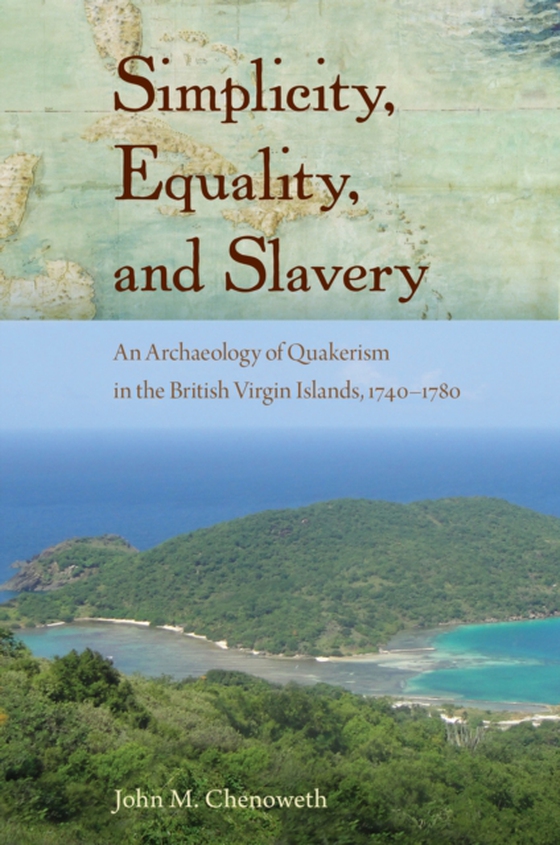
Simplicity, Equality, and Slavery e-bog
656,09 DKK
(inkl. moms 820,11 DKK)
"e;A significant empirical contribution to the transdisciplinary study of eighteenthcenturyAtlantic history and the colonial history of the Christian Church."e;--Dan Hicks, author of The Garden of the World: An Historical Archaeology of Sugar Landscapes in the Eastern Caribbean"e;Thoughtfully applies practice theory to the concept of Quakerism as a religion, while simultaneously exa...
E-bog
656,09 DKK
Forlag
University of Florida Press
Udgivet
28 marts 2017
Længde
266 sider
Genrer
1KJWVVK
Sprog
English
Format
pdf
Beskyttelse
LCP
ISBN
9781683400165
"e;A significant empirical contribution to the transdisciplinary study of eighteenthcenturyAtlantic history and the colonial history of the Christian Church."e;--Dan Hicks, author of The Garden of the World: An Historical Archaeology of Sugar Landscapes in the Eastern Caribbean"e;Thoughtfully applies practice theory to the concept of Quakerism as a religion, while simultaneously examining how Quaker practices shaped the lives not only of practitioners but those they enslaved."e;--James A. Delle, author of The Colonial Caribbean: Landscapes of Power in the Plantation System"e;A nuanced look at Quakerism and its relationship with slavery."e;--Patricia M. Samford, author of Subfloor Pits and the Archaeology of Slavery in Colonial VirginiaInspired by the Quaker ideals of simplicity, equality, and peace, a group of white planters formed a community in the British Virgin Islands during the eighteenth century. Yet they lived in a slave society, and nearly all their members held enslaved people. In this book, John Chenoweth examines how the community navigated the contradictions of Quakerism and plantation ownership.Using archaeological and archival information, Chenoweth reveals how a web of connections led to the community's establishment, how Quaker religious practices intersected with other aspects of daily life in the Caribbean, and how these practices were altered to fit a slavery-based economy and society. He also examines how dissent and schism eventually brought about the end of the community after just one generation. This is a fascinating study of the ways religious ideals can be interpreted in everyday practice to adapt to different local contexts.A volume in the Florida Museum of Natural History: Ripley P. Bullen Series
 Dansk
Dansk

